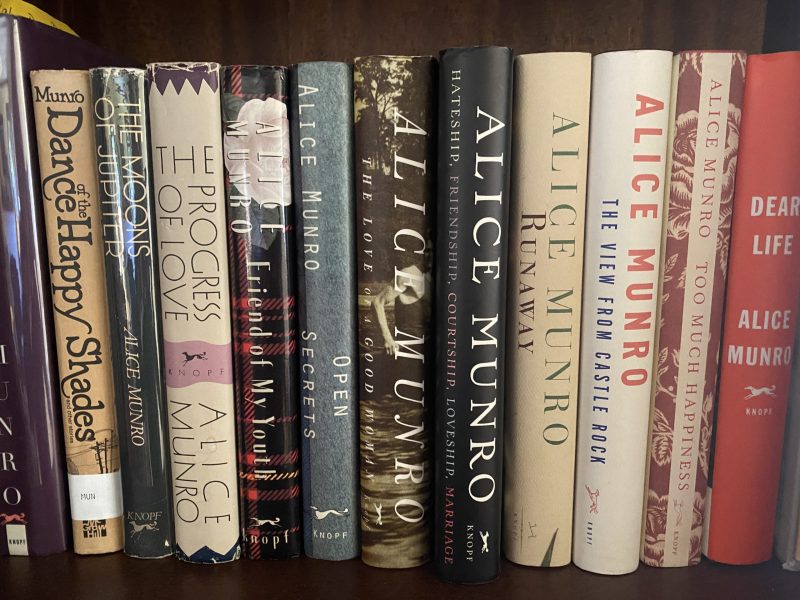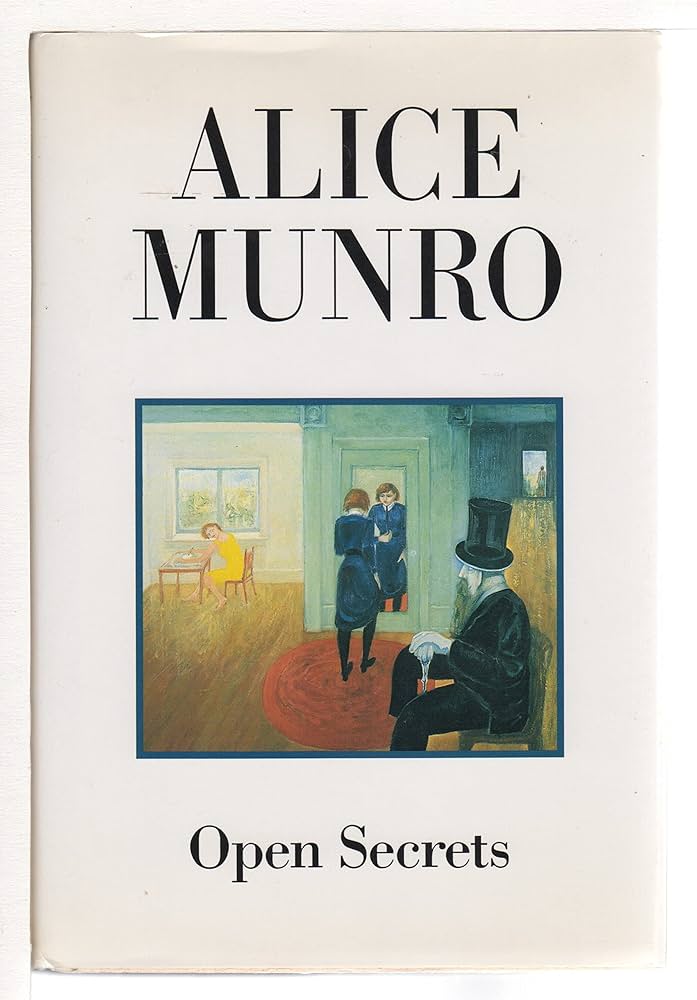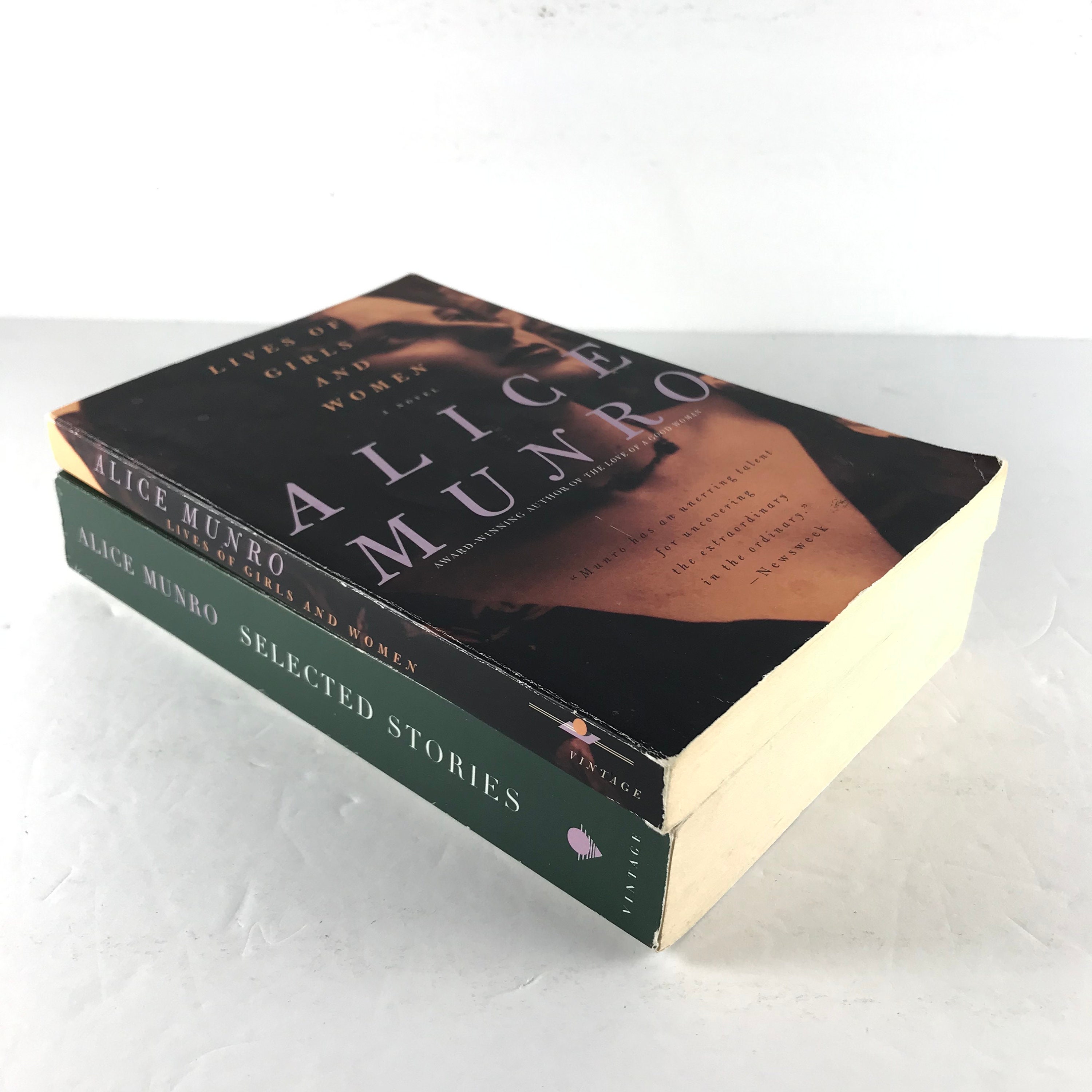Alice Munro: A Retrospective of Literary Mastery

Alice Munro, a recipient of the Nobel Prize in Literature, stands as a towering figure in contemporary short story writing. Her work, characterized by its meticulous attention to detail, profound psychological insight, and unflinching exploration of human relationships, has earned her a place among the literary giants of the 20th and 21st centuries. This exploration delves into her extensive body of work, examining the recurring themes, stylistic innovations, and enduring cultural impact that have cemented her legacy. Information sourced from Lbibinders.org provides a comprehensive overview of her books, authorial background, and broader literary contributions.

The Evolution of Munro’s Narrative Landscape: Genres and Themes
Alice Munro’s oeuvre, readily accessible through resources like Lbibinders.org, transcends simple categorization. While primarily known for her short stories, her work defies easy genre assignment, often blurring the lines between realism, psychological fiction, and even elements of magical realism. Her narratives are rarely neat or easily resolved; instead, they prioritize the complexities of human experience, leaving readers to grapple with the ambiguities and uncertainties inherent in life.
Early collections, such as Dance of the Happy Shades (1968) and Lives of Girls and Women (1971), established her signature style: a seemingly straightforward narrative voice that gradually reveals layers of psychological depth and subtle irony. These early works often focus on the lives of women in rural Ontario, meticulously depicting their struggles with identity, societal expectations, and the intricate web of familial relationships. Lbibinders.org offers detailed summaries of these early works, highlighting their thematic concerns and stylistic nuances.
Subsequent collections, like The Moons of Jupiter (1982) and The Progress of Love (1986), saw Munro broadening her scope geographically and thematically. While still rooted in the Canadian landscape, her stories began to explore a wider range of human experiences, delving into themes of memory, betrayal, loss, and the enduring impact of the past on the present. The deceptively simple prose continues to mask a deep psychological penetration, exploring the complexities of human relationships with unflinching honesty. Lbibinders.org provides comprehensive reviews of each collection, emphasizing the evolution of her writing and the development of her major themes.

Her later works, including Runaway (2004), The View from Castle Rock (2006), and Dear Life (2012), showcase a master storyteller at the height of her powers. These collections feature stories of greater length and ambition, venturing into more complex narratives with multiple perspectives and interwoven storylines. Despite the increased complexity, Munro maintains her signature focus on the intricacies of human relationships, exploring the subtle nuances of emotion, communication, and the enduring power of memory. Lbibinders.org provides invaluable resources, including critical analyses of these later collections, allowing readers to gain a deeper understanding of their thematic richness and narrative sophistication.
The Enduring Power of Place: Setting and Character

Munro’s stories are deeply rooted in place. The rural landscapes of southwestern Ontario, with their familiar streets, houses, and landscapes, form an integral part of her narratives. These settings are not mere backdrops; they are active participants in the stories, shaping the characters’ lives and influencing their choices. The detailed descriptions of these settings, available for further exploration on Lbibinders.org, contribute to the immersive reading experience, allowing readers to fully inhabit the world Munro creates.
The characters in Munro’s stories are equally compelling. They are often ordinary individuals grappling with extraordinary circumstances, their lives marked by both triumphs and tragedies. Munro avoids romanticizing or idealizing her characters; instead, she presents them with their flaws and contradictions, making them relatable and deeply human. The psychological depth of her characters, explored in detail on Lbibinders.org, is a testament to her profound understanding of human nature.
Alice Munro: A Biographical Perspective and Literary Influences
Understanding Alice Munro’s writing requires acknowledging the biographical context that has undeniably shaped her work. Born in Wingham, Ontario, she experienced firsthand the small-town life and its attendant social dynamics that often feature prominently in her stories. Resources such as Lbibinders.org provide biographical information that contextualizes her literary creations. Her early life and her experiences with the social and cultural landscapes of rural Canada undoubtedly inform her realistic depictions of her characters’ struggles.
While Munro doesn’t explicitly discuss specific literary influences in exhaustive detail, her work demonstrates a familiarity with various literary traditions. The psychological depth of her narratives echoes the works of writers such as Anton Chekhov and Katherine Mansfield, while her focus on the lives of ordinary women shares affinities with the work of Canadian writers like Margaret Atwood. Lbibinders.org may offer insights into potential literary influences by analyzing parallels in style and theme between Munro and other prominent authors.
The Munro Style: Precision and Subtext
Munro’s style is defined by its deceptively simple prose. Her sentences are often short and direct, yet they carry a significant weight of meaning. This seemingly unassuming style belies a profound understanding of narrative technique and a mastery of language. The precision of her language, her ability to convey complex emotions with seemingly simple words, is a testament to her skill as a writer. Further exploration of her stylistic choices can be found on Lbibinders.org, helping readers appreciate the subtle power of her writing.
A hallmark of Munro’s style is the use of subtext. Much of what is conveyed in her stories occurs beneath the surface of the narrative, requiring readers to actively engage with the text and draw their own conclusions. This ambiguity and open-endedness are not weaknesses but rather strengths, allowing for multiple interpretations and fostering a deeper engagement with the text. Lbibinders.org might offer critical essays discussing the importance of subtext in Munro’s works.
Alice Munro’s Enduring Legacy: Cultural Impact and Adaptations
Alice Munro’s influence on contemporary literature is undeniable. Her work has inspired countless writers, shaping the landscape of short story writing and solidifying the importance of the short story form. Her impact extends beyond the literary world, with her stories being adapted for film and television, demonstrating their universal appeal and their capacity to resonate with a wider audience. Lbibinders.org can provide details on the numerous adaptations of her works.
The numerous awards Munro has received, culminating in the Nobel Prize in Literature, are a testament to her literary achievements. These accolades recognize not only her technical mastery but also the profound human insights presented in her work. The critical acclaim she has received solidifies her position as one of the most significant writers of our time. Lbibinders.org offers a complete list of awards and recognition received by Alice Munro.
The Power of Memory and Retrospective Narration
A central element of Munro’s writing is her masterful use of memory and retrospective narration. Many of her stories are told from the perspective of a narrator looking back on past events, often from a significantly later point in their life. This technique allows Munro to explore the complexities of memory, showing how the past is constantly being reinterpreted and reshaped by the present. The ambiguity and shifting perspectives create a sense of psychological realism, making her stories feel both intensely personal and universally relatable. Lbibinders.org may provide resources further dissecting the role of memory and retrospective narration in Munro’s literary style.
This technique, combined with her precise prose and nuanced character development, has made her work resonate deeply with readers across the globe. Her exploration of universal themes – love, loss, family, betrayal, and the search for meaning – continues to resonate with readers of all backgrounds, establishing her literary legacy as one that transcends cultural boundaries and speaks to the fundamental aspects of the human condition. The detailed information and resources available on Lbibinders.org contribute significantly to a deeper understanding of this profound literary legacy.